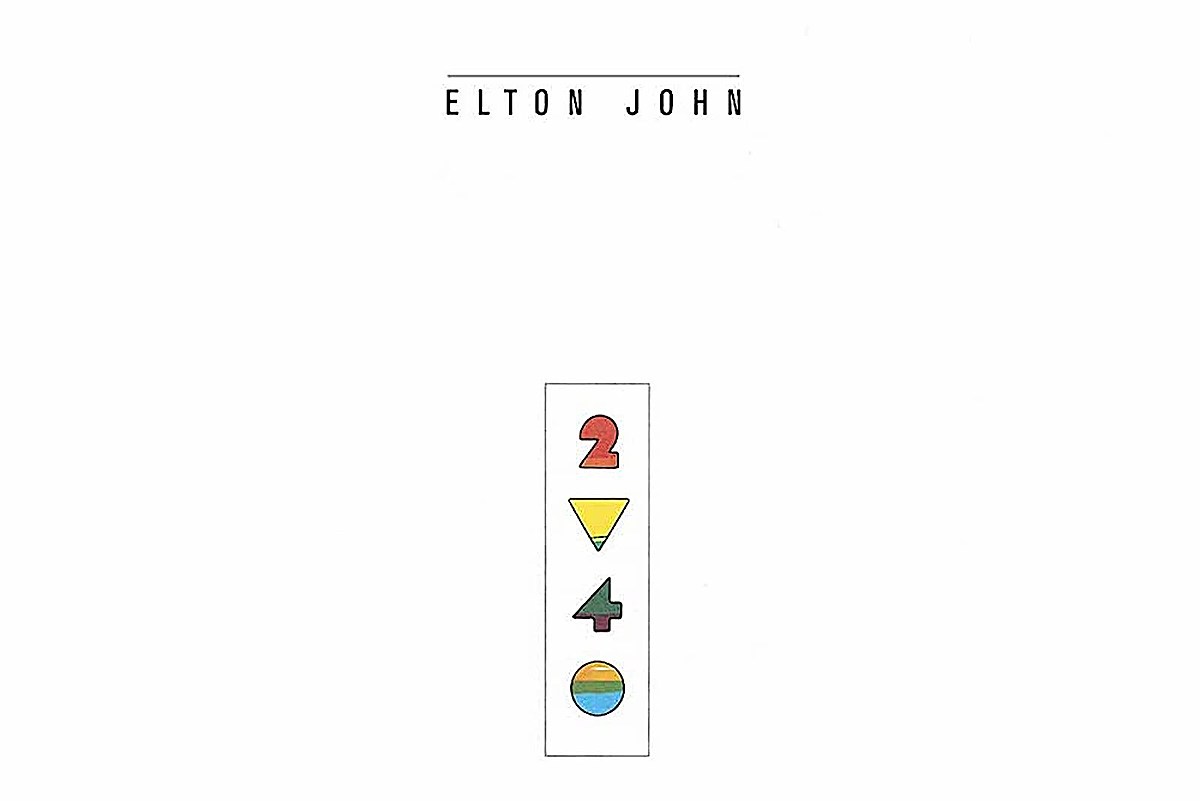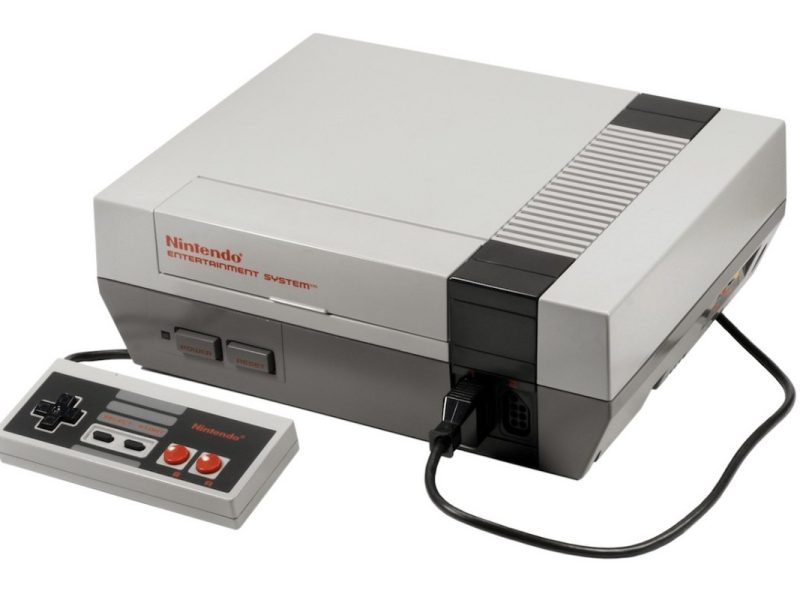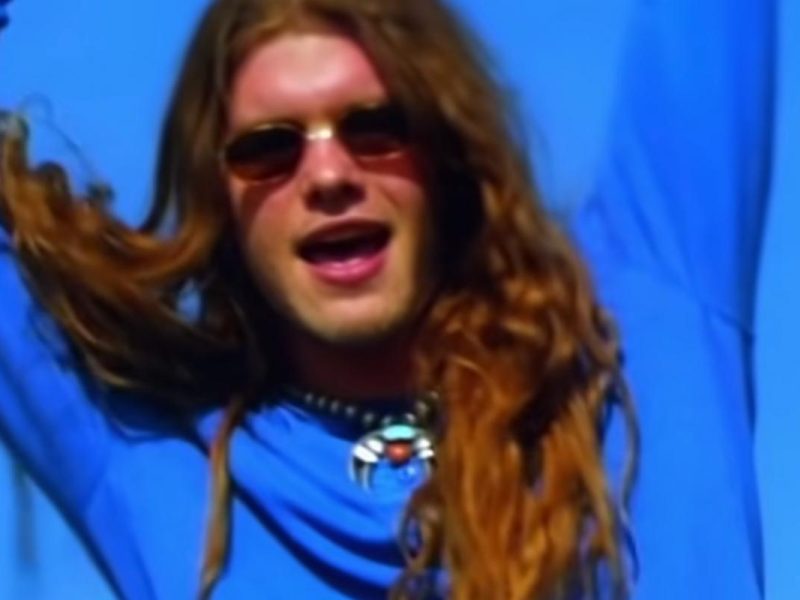Few musical artists of any era had the kind of run Elton John had from 1970 to 1975. Things seemed to grind to a halt, however, after 1976’s Blue Moves, a dour double album that was critically pilloried, commercially disappointing, and which sent John into a period of silence.
When he emerged, his writing partner Bernie Taupin was nowhere to be found, and the stalwart members of his band had similarly gone off to other opportunities. “I came off the road in 1976, and I didn’t do anything that had to do with music at all,” John told Mal Reding in 1983. “For two years I did nothing, because I didn’t want to. I’d had enough.”
He returned to the studio in 1978 to record a standalone single called “Ego,” then an album, A Single Man. This began a five-year period of disappointing sales and chart performance, during which John wrote and played with several different musical partners, before gradually bringing back Taupin (on 1980’s 21 at 33) and two members of his band (who played on most of 1981’s The Fox).
By 1983, he was ready to put everything back together – to gather Taupin and the classic Elton John Band lineup (drummer Nigel Olsson, bassist Dee Murray and guitarist Davey Johnstone) at Beatles producer George Martin’s AIR Studios in Montserrat. “We both knew that we wanted to work together again, but we had to wait until it just fell into place,” Taupin told Music Connection in 1989. “We knew that when the time was right it would just happen. Like everything else in our careers, we don’t pressure it. We just allow time to elapse until things fall into place, and that’s how it happened.”
Watch Elton John’s ‘I’m Still Standing’ Video
There actually was some pressure placed on the assembled group: The pressure of time, exacerbated by their leader’s tardiness. “I got into Montserrat a week late,” John told Reding. “Everyone was sitting there, drumming their fingers, [while] I stayed over to watch some [soccer] games. And when I got there, the pressure was good, because I really had to write and record exactly like I used to, like with the Elton John album and Tumbleweed Connection album. In other words, we had two weeks to do the album – and we did it. That seems to be the way I thrive and I work best.”
Perhaps as a result of having to write and record quickly, John fully embraced then-current technology for the first time. “All the songs were written on synthesizer,” he told Paul Gambaccini in 1984. “My biggest hang-up has been writing rock ‘n’ roll songs; I’m not very good at it, because if you’re a pianist, it’s a totally different concept [compared to] playing guitar. It’s very hard to write three-chord songs on a piano.
“So I get this synthesizer, which sounds like a guitar on some parts, and I can write three-chord songs all of a sudden,” John added. The resulting album, Too Low for Zero, had much of that up-tempo material, the most resonant of which was the record’s lead U.S. single: “‘I’m Still Standing’ sounded like the whole album’s calling card,” John wrote in his memoir, 2019’s Me. “The lyric was about one of Bernie’s exes, but I also thought it worked as a message to my new American record company – who were, quite frankly, turning out to be a terrible pain in the arse.”
Geffen Records had been disappointed in the sales of John’s previous two albums (The Fox and 1982’s Jump Up!) and were reportedly very open with the artist about that disappointment. “I didn’t like the look of any of it,” he wrote in Me, “and thought ‘I’m Still Standing’ sounded like a warning shot across their bows. It was a big, swaggering, confident fuck-you of a song.”
Watch Elton John’s ‘Why They Call It the Blues’ Video
Less of a middle finger was “I Guess That’s Why They Call It the Blues,” a big ballad whose music was entrusted to Johnstone. “[John] showed me the [Taupin] lyric and I went, ‘Oh, what a beautiful lyric,'” he told Rolling Stone. “We wrote the song right there in about 20 minutes. He said, ‘That’s it. Let’s record it.’ The next day, I think, we invited the whole band in the room. We played them the song and we proceeded to record it and that was it. I mean, when you start with a lyric like that, you’re already halfway there.”
The song also features a harmonica solo by Stevie Wonder, who laid down his contribution during overdub sessions in Hollywood. Initially, John and producer Chris Thomas debated whether the instrument was the right one to use for the solo. “Chris saw a harmonica solo on that song, which I didn’t,” John told Gambaccini. “No way. I thought he must be joking. And then when I left him to get on with it … I said, ‘I don’t fancy a harmonica solo. [Maybe] a sax solo, or something like that.’ [But] he was absolutely right, and he got Stevie to do it. … He did it first-take brilliant, and it worked.”
Too Low for Zero also featured contributions from other previous John collaborators. James Newton Howard had played synthesizers and other keyboards with John since 1975’s Rock of the Westies, and returned to arrange and conduct the string section for the album-closing “One More Arrow.” Harpist Skaila Kanga, who had played on both Elton John and Tumbleweed Connection from 1970, returned for “Cold as Christmas.” She was joined by John’s longtime background vocalist Kiki Dee, who had a hit John duet with “Don’t Go Breaking My Heart.”
Released on May 30, 1983, Too Low for Zero rose to No. 25 on the Billboard 200 album chart, and was certified platinum for sales – the first for John since A Single Man in 1978. John says he knew Too Low for Zero would be a hit, so much so he was willing to stake his livelihood on it. “I said to my manager, ‘If this one doesn’t happen, I will actually give up and become a greengrocer,'” he told Gambaccini. “It meant so much to me, because I thought the songs were strong, and [there was] momentum there … coming in with the band.”
The Best Song From Every Elton John Album
By conservative estimation, at least 10 of these Elton John LPs are stone-cold classics.
Elton John’s Terrifying First U.S. Concert



